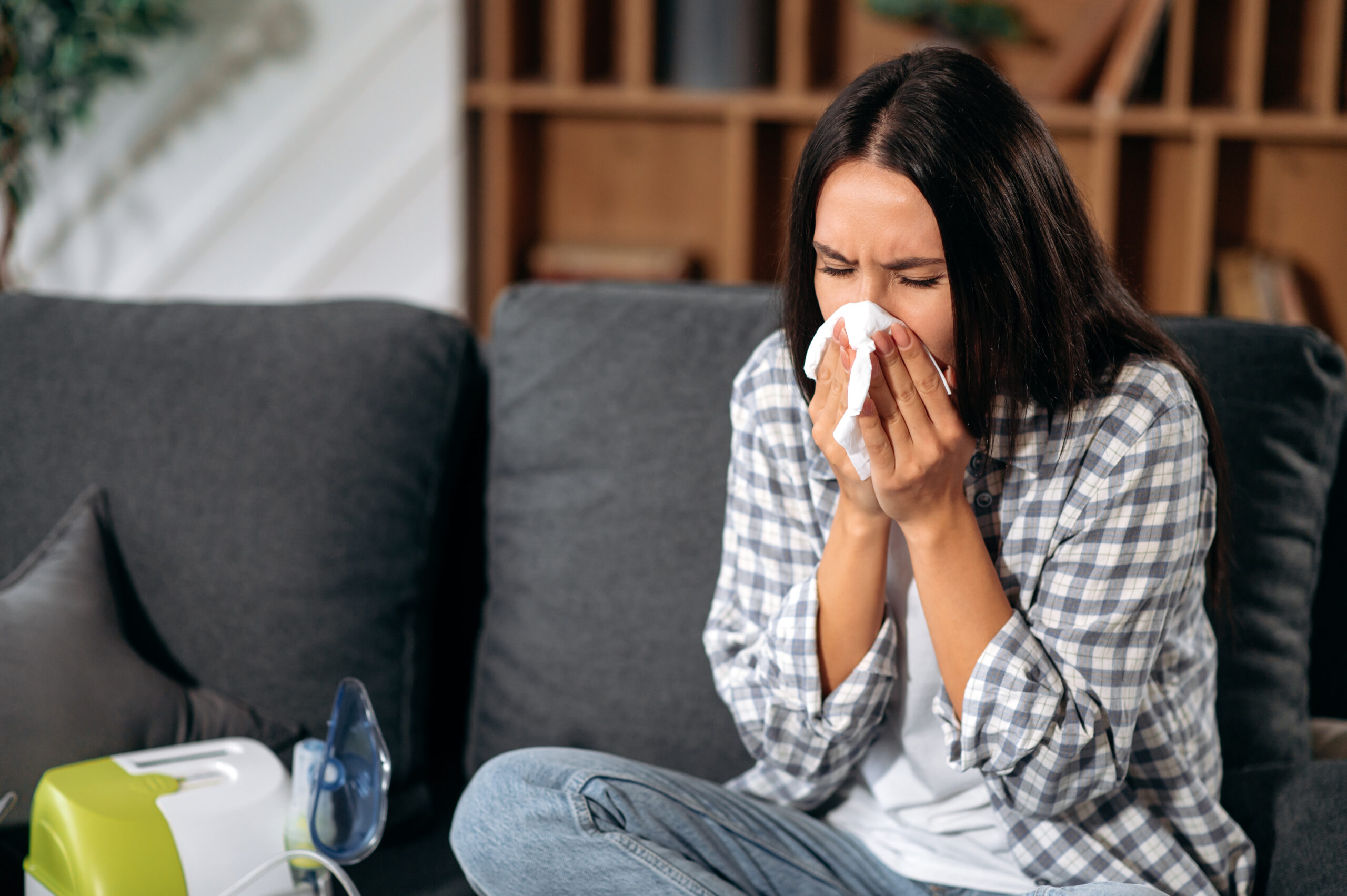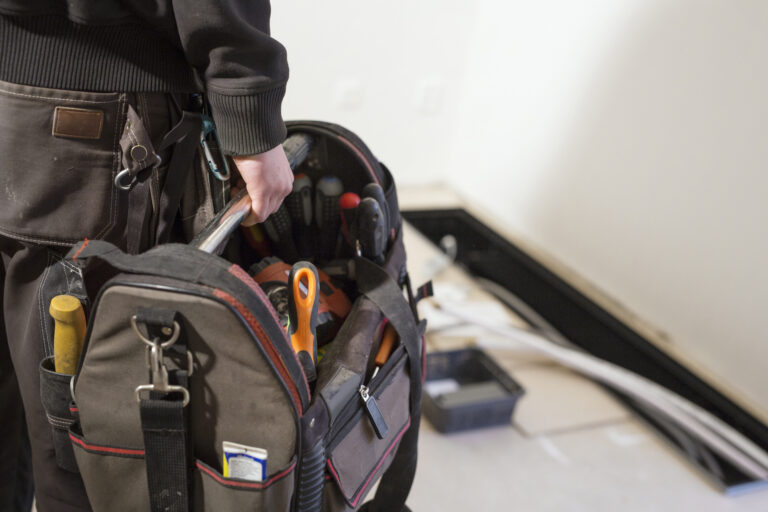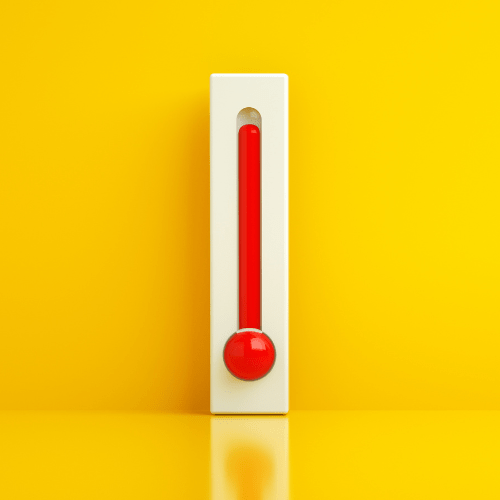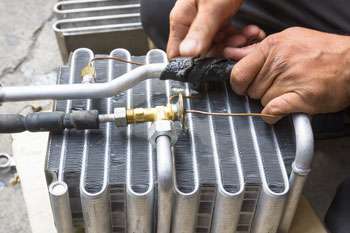Indoor Air Quality and Allergies
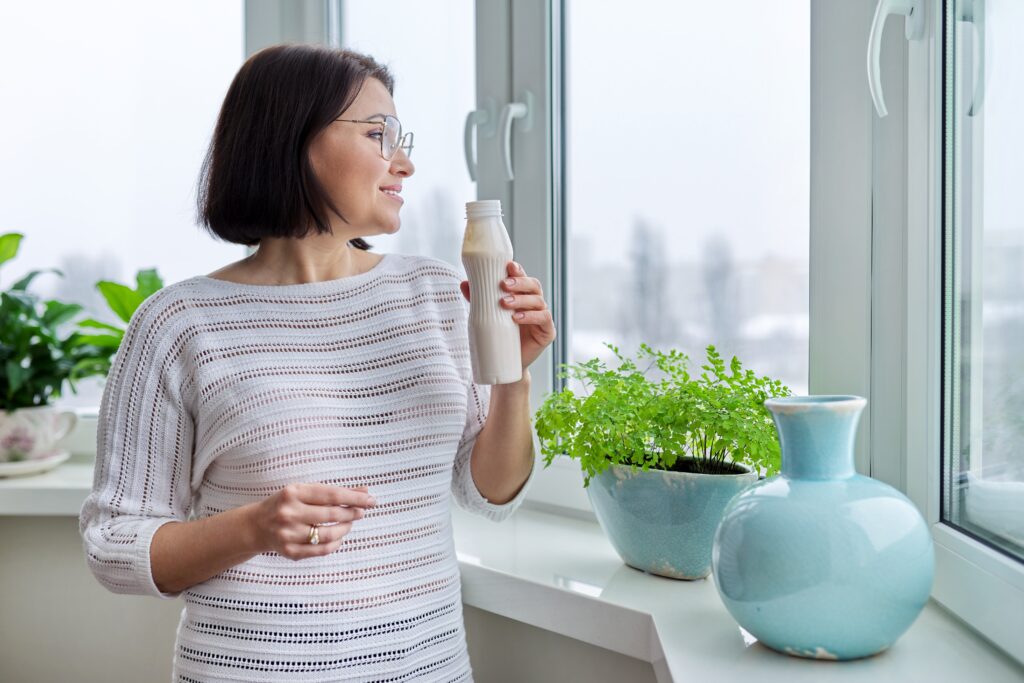
The average American spends almost 90 percent of their life inside, which highlights the growing importance of maintaining clean and healthy indoor air quality (IAQ). Learn how air filters, air conditioning systems, and air purifiers all play a role in improving your allergies and indoor air quality.
If your Glendale property struggles with air quality issues, you may encounter anything from minor discomfort to major allergies. Arizona Valley Heating & Cooling experts will work to improve your indoor air quality.
Understanding the Scope of the Allergy Issue
Approximately 10 to 30 percent of individuals experience allergies, according to the American Academy of Allergy, Asthma, and Immunities (AAAAI). Moreover, dust and dust mites, which are prevalent in Arizona homes, can trigger allergic reactions in many people, particularly as they enter your home from outdoors. Common allergens, such as grass and tree pollen, are often found together.
Popular pets like cats and dogs can contribute to poor air quality by shedding hair and dander. Additionally, indoor allergens may arise from sources such as mold, fungi, and volatile organic compounds emitted by paints and carpets.
To combat these common allergies, options range from over-the-counter medications to allergy shots. Nevertheless, many healthcare experts advocate for the prevention of allergen exposure as the most effective strategy.

Improve Indoor Air Quality with an Air Conditioner
Air filters help manage indoor air quality challenges in many heating, ventilation, and air conditioning (HVAC) systems. Standard filters can effectively catch larger particles, and consistent filter replacements can lead to improved air quality within your home.
Homeowners with allergies might consider investing in a high-efficiency particulate air (HEPA) filter, which is capable of trapping very fine particles, thus enhancing air cleanliness. This filter can easily eliminate pet dander, dust, and small fibers from textiles.
Moreover, air conditioning units also help to dehumidify the air indoors, which reduces the likelihood of mold and fungus growth.
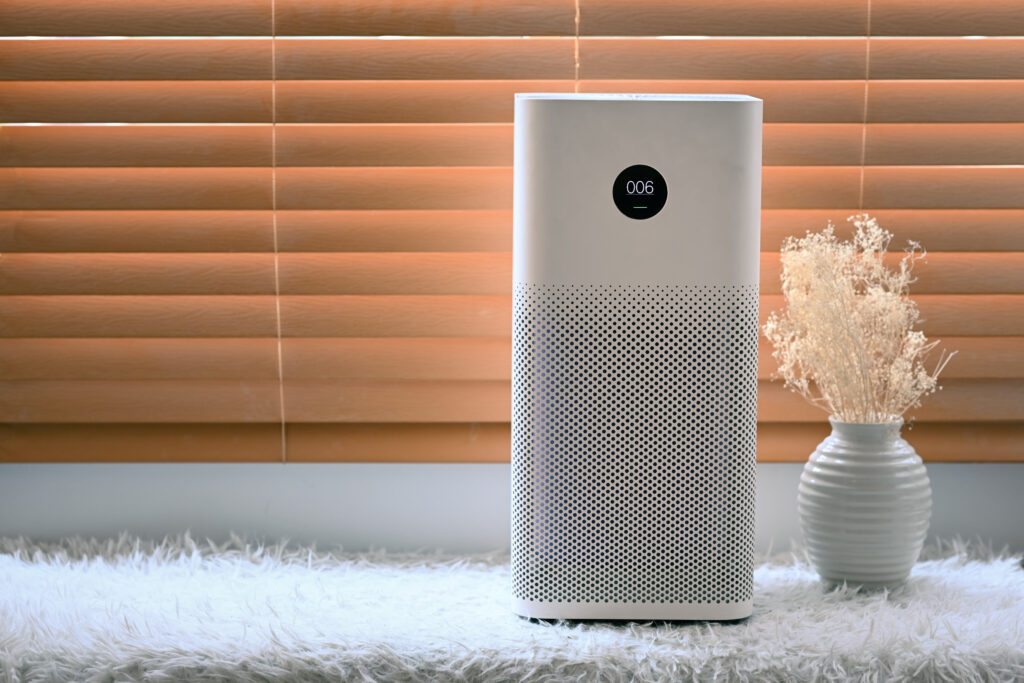
Consider Air Purifiers
A wide variety of air purification systems, each with unique strengths and specific purposes, are available in today’s market.
If your primary concern is the presence of bacteria and viruses, an ultraviolet (UV) air cleaner might be best. Initially developed for use in hospitals, these devices are effective at eliminating mold and pathogens as well. Activated carbon filters are the most effective option for addressing smoke and unpleasant odors.
HEPA air purifiers function similarly to HEPA filters found in HVAC systems. Efficiently capturing dander, pollen, mold spores, and dust particles.
Another well-regarded option is the ionic air purifier, which works by attaching negative ions to allergens like dust, making them heavier so they settle on surfaces for easier cleaning.
Some of the more sophisticated air purification systems combine static electricity, HEPA filters, and ionic technology into a single unit that integrates seamlessly with your HVAC system.
Clean Air Ducts
Air ducts are responsible for distributing heated or cooled air from your central HVAC system throughout your home. Unfortunately, common allergens like dust, dirt, pet dander, and other debris can accumulate in these ducts over time.
Numerous HVAC companies provide air duct cleaning services that utilize powerful vacuum systems to remove these allergens from your ducts. Considering this option could be a beneficial step toward enhancing the indoor air quality in your home.

